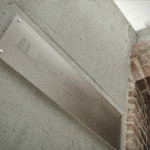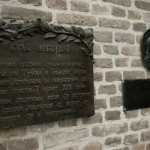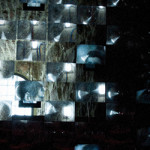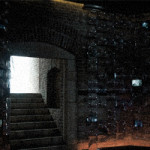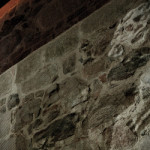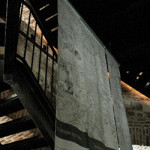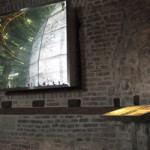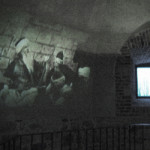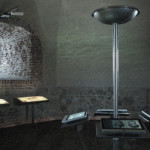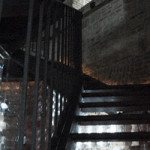Annex
Within the Nebojsa Tower Annex there is a presentation of the history of the Nebojsa Tower in its capacity as military installation which, since it was built, around 1460, constituted a part of the city defensive system, “a pre-wall of the Christianity”, protecting from the strong blows of the Ottoman armies. There is also a presentation of the Ottoman conquering of Belgrade and the role the Nebojsa Tower used to have within the period of the Ottoman rule, as well as during the Austrian government in Belgrade in the 18th century.
Dungeon
The exhibition in the ground floor is dedicated to the history of the Nebojsa Tower in its capacity as prison, the place of torture and slavery. In the electronic form it is presented how it became, at the end of the 18th and the beginning of the 19th century, a symbol of the Ottoman repression over the Balkan Christian nations that were fighting against the several centuries long Ottoman rule. At the same time, the exhibition represents an artistic-documentary homage to all the victims of the hardships and imprisonment.
Rigas Velestinlis
On the first floor is presented, by using multimedia applications, the personality, ideas and work of Rigas Velestinlis, a great Greek scholar and revolutionary, who has been a key figure in Greeks’ and other Balkan peoples’ journey towards freedom. By the order of Sublime Porte, Rigas Velestinlis together with 7 companions of his was imprisoned in Nebojsa Tower where he was strangled on June 13th, 1798.
First Serbian Uprising
The exhibition on the second level of the Nebojsa Tower is dedicated to the First Serbian Uprising and the origin of the modern Serbian state in the beginning of the 19th century. There is a presentation of the main reasons that led to the Uprising in the Belgrade Pashaluk, the war operations of the insurgent army, Karadjordje and the leading personalities of the First Serbian Uprising as well as the making processes of the modern Serbian state and its first institutions in charge of the army, government and education.
Belgrade in the first decades of the 19th century
At the last level of the Nebojsa Tower a history of Belgrade is presented, showing its transformation from the border fortress of the Ottoman Empery in the course of the first decades of the 19th century to the capital of the vassal Dukedom of Serbia. Within the exhibition, the following is presented in the electronic form: the beginning of the Second Serbian Uprising in 1815, the role and influence of Milos Obrenovic in acquiring the autonomous internal administration and making of the Dukedom of Serbia, development of the Serbian town in Belgrade, the Ottoman Belgrade and the life of its inhabitants having different religions and nationalities, as well as the city transformation process, from the oriental to the Central European town.

